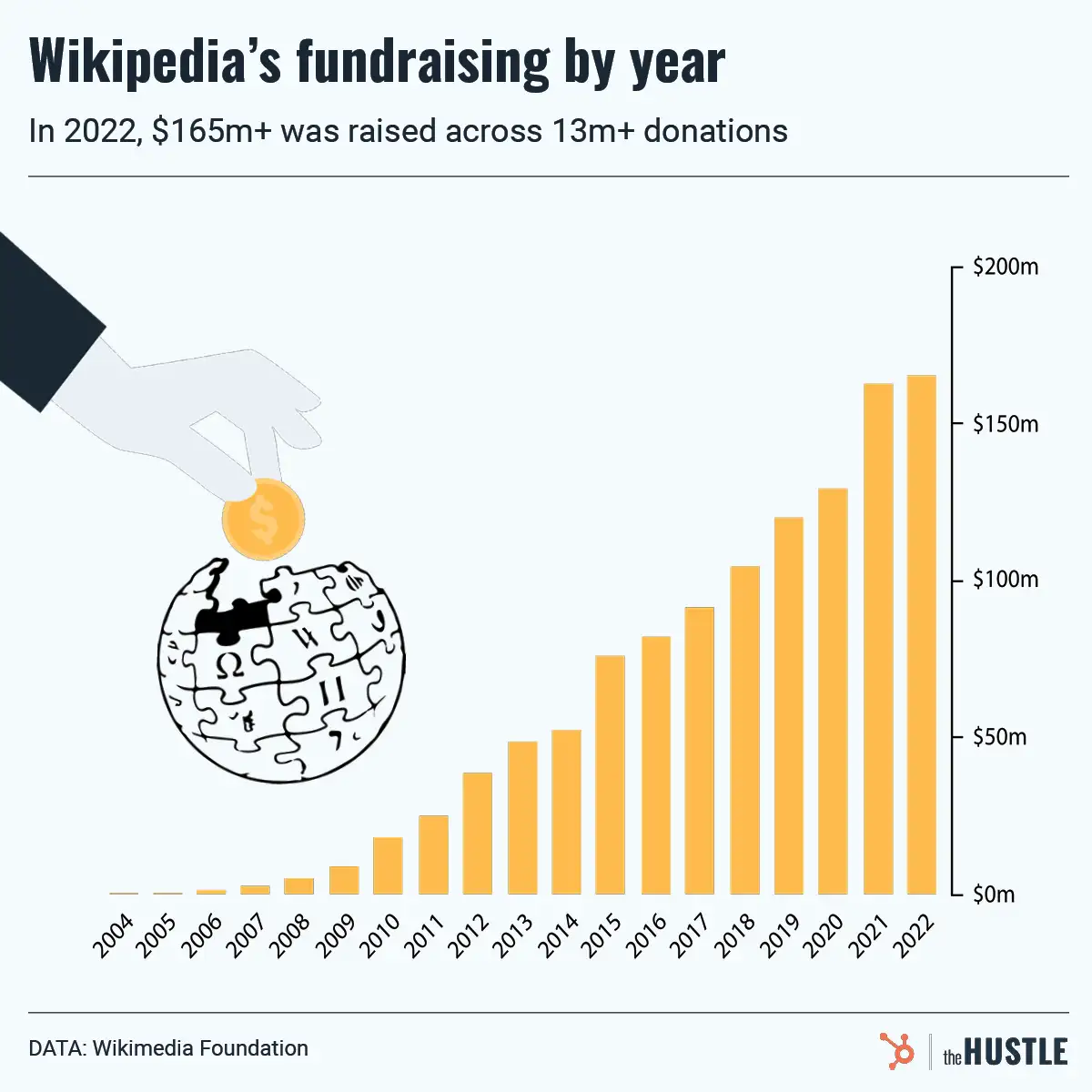Last year, the number of Bloomberg terminals, which let bankers analyze real-time financial market data and place trades, dropped for the second time since the company’s creation in 1981.

The only other time? During the global financial crisis. Which is pretty significant, because currently, the demand for financial data is as healthy as ever.
Global spending on financial info reached an all-time high at $24.7B in 2016, so one would think that terminals would be reaping the benefits.
But it’s not the market… It’s Bloomberg
First of all, to use the technology you still have to lease a physical system, which is insane. That’d be like Microsoft making you buy a whole separate computer to use Excel.
Plus, the setup itself hasn’t changed much since it launched 35 years ago — it still features an old school color-coded keyboard and monitors with colored text on a black screen that look like something out of a 1980s hacker movie. And it costs $20k per user per year to lease one of these suckers.
That’s led to huge customers like Bank of America and JPMorgan cutting 7k terminals to save money, while competitors like Money.Net and Sentieo are cropping up all over the place, offering similar services for half the price.
Which is bad news for the ‘berg
Because try as they might to diversify into segment like business news media, they’re still heavily reliant on their terminals to bring in the vast majority of their $9B in revenue.
And, with new technology continuing to automate traders out of a job, the outlook for companies willing to purchase a $20k monitor isn’t exactly rosy.










